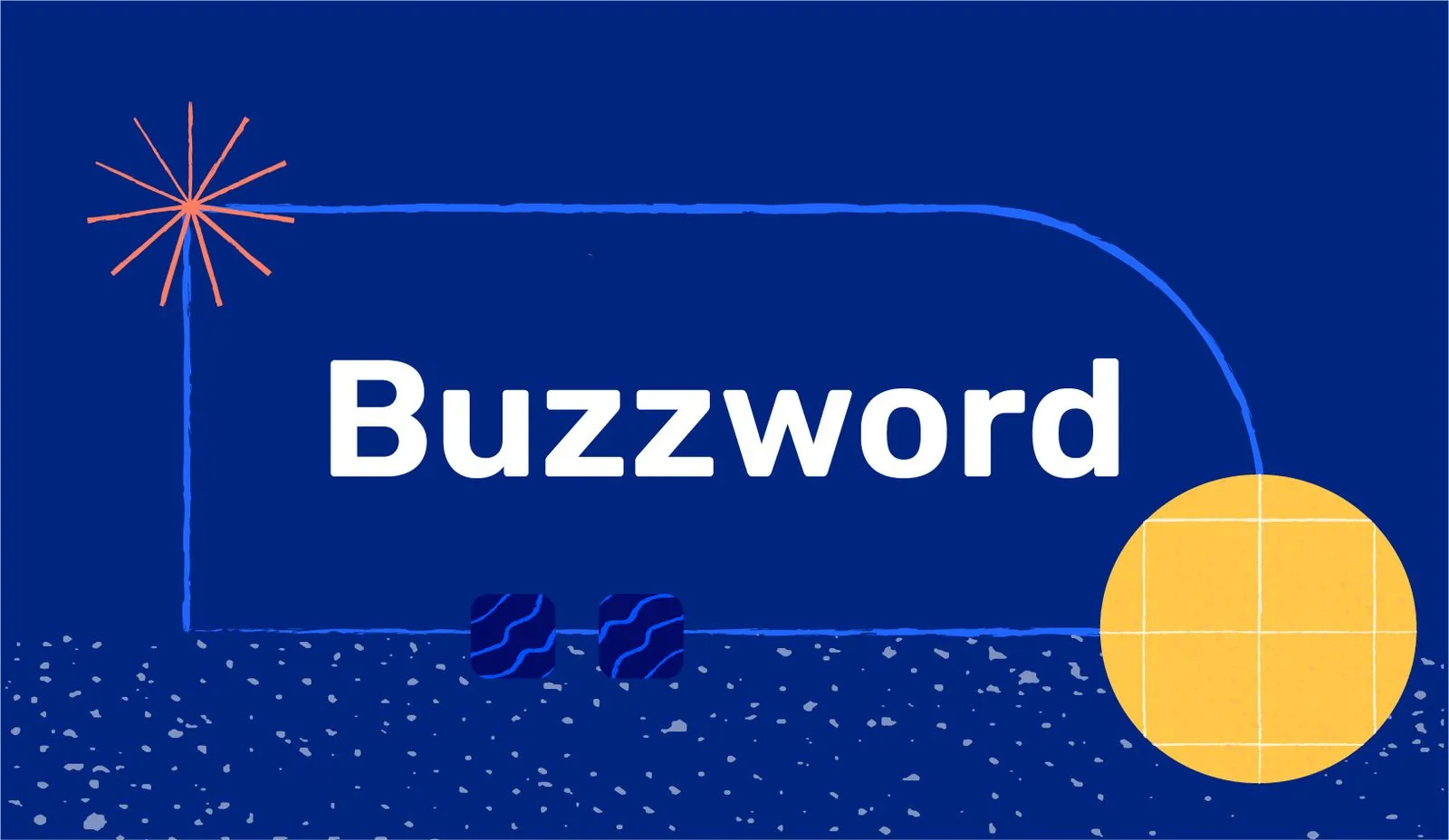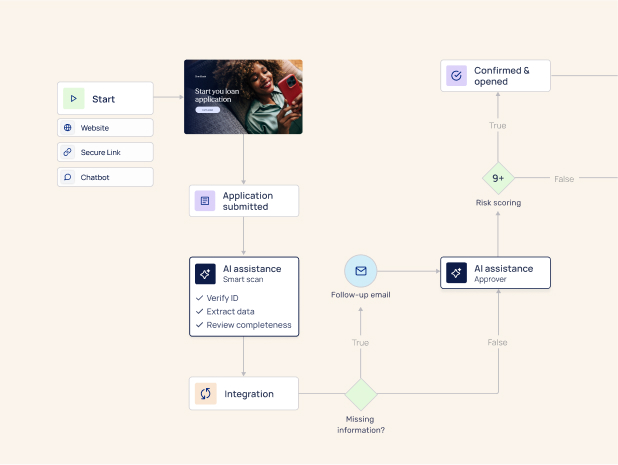New fintech players continue to disrupt and evolve the industry, offering a greater variety of innovative products and services that improve customer experience. The resulting customer expectations mean that traditional banks can no longer afford to ignore the wave of innovation that digital transformation brings with it.
More and more businesses are embarking on their own digital transformation processes, utilizing solutions that include open banking, robo-advisors, BNPL, P2P lending, and additional fintech trends. However, in order to increase the likelihood of a successful outcome, there are 3 factors that should to be taken into account by when designing the digital transformation process:
- Regulatory compliance
Businesses must consider the implications of digital transformation on staying compliant with national and international regulations. As fintech evolves, governments around the world are quickly keeping up. Companies that remain equally aware and adaptive to regulatory changes will be more successful in the long run. - Boundary blurring
The financial customer experience and available services become more consolidated as the technology is created to support them. Unlike a traditionally “compartmentalized” approach, successful companies are blurring boundaries to offer more streamlined customer experience - for example, one application for making international payments and trading stocks or cryptocurrency, etc. - Increased accessibility of financial services
As financial services become more diverse, successful fintech companies are making these services more widely available and accessible. With only a few clicks, you can now open a bank account, buy stocks, calculate interest, and purchase an insurance policy. Businesses will need to stay lean and quick to keep up with the resulting customer expectations.
Along with these three factors comes a host of new features, capabilities, terms and definitions related to digital transformation. To keep you up to speed with the language of digital transformation in banking, we’ve put together a list of 15 buzzwords you should know as you navigate your own growth and transformation.
15 digital transformation in banking buzzwords
Embedded finance
Embedded finance refers to the integration of financial services or products by non-financial companies. It is a way of making financial services accessible when they’re needed, for example, the ability to purchase travel insurance when booking a flight, offering multiple payments for high-price items, or a retailer’s branded credit card.
Companies that utilize embedded finance often see increased conversions, increased competitiveness, and richer data collection. Future Market Insights predicts the embedded finance market will reach a value of nearly $250 billion over the next ten years.
Web 3.0
Web 3.0 is said to be the future of the Internet. It is a vision that places a decentralized and open web in the hands of Internet users worldwide (“read/write/own”) instead of a few central authorities (like Meta or Google).
When realized, Web 3.0 would run on technologies like blockchain and decentralized peer-to-peer networks to provide secure, valid transactions and operations.
Peer-to-peer (P2P) loans
Peer-to-peer (P2P) loans allow lenders and borrowers to exchange money directly through a third-party platform without going through a bank. Since the loan isn’t owned by the platform but individual lenders, P2P lending is cost-effective for borrowers and lenders alike.
P2P lending is a good option for businesses looking for accessible funding, and for individual or institutional investors looking for better investment returns on their savings than from a simple savings account.
Buy now pay later (BNPL)
Buy now pay later (BNPL) is a form of short-term financing that allows consumers to make payments for goods and services at some future point, usually without interest. This makes more goods and services available to more people in a more immediate time frame.
For example, customers may only need to make a down payment at the point of sale and then pay the remaining balance in installments over time. Companies may also offer payment plans for purchases over a certain amount.
Contactless payments
Contactless payments allow consumers to make purchases without using cash, swiping a card, or any other contact method. Consumers can use contactless debit or credit cards, or their digital wallet on their smartphone, to make a contactless payment. This method is known for being more secure since consumers do not share billing or payment information directly with the vendor.
Contactless payments have become common in recent years and lead to a significant increase in consumer spend. According to Juniper Research, global spend from QR code payments, another contactless method, will reach over $3 trillion by 2025, up from an already impressive $2.4 trillion in 2022.

Request to pay (RTP) technology
Request to pay (RTP) technology allows one person or organization to request a payment from another, who can then approve or deny the payment. If approved, the money is transferred directly to the requester in real time with lower transaction costs.
RTP payments are favored for being more secure, since payment is facilitated through a proxy billing address and the payer’s payment information is not disclosed.
Open banking
Open banking allows consumers to securely share personal financial data between their bank and third-party financial providers. Using open APIs, consumers have greater control over their financial data and receive a more personalized customer experience in the process.
Open banking stimulates greater innovation in finance since traditional banks are pushed to improve their offerings and remain competitive with fintech startups.
PSD2
The Payment Service Directive 2 (PSD2) is a regulation by the EU to both protect consumer privacy and boost innovation in service. PSD2 requires stronger multi-factor authentication (MFA) for online transactions. A regulatory aspect of open banking, PSD2 also permits third-party services to access consumer data using APIs when approved by the consumer.
Neobank
In contrast to traditional brick-and-mortar banks, neobanks offer their banking and financial services exclusively online or via mobile apps and are distinctly more affordable as a result. These fintech companies specialize in their products, offering fewer services at a higher quality, and are usually more transparent than megabanks.
Neobanks became popular during the height of the COVID pandemic because of their remote capabilities, but demand for them remains strong even after the worst of the crisis has passed.
Mobile-first
A mobile-first banking strategy is one that develops offerings and services optimized for mobile devices first and web use second. Mobile-first financial products and services are more accessible in a mobile app, and may even be limited in their functionality in a web environment.
Banking-as-a-service
Banking-as-a-service (BaaS) is a tool that securely opens access to a bank’s ecosystem and allows non-financial companies to offer financial services to their customers. It is a significant innovation for businesses since it saves on the cost of building financial infrastructure and does not require a banking license.
Like open banking, BaaS also makes use of APIs, but third parties receive a foundation of banking functionality instead of consumer data. BaaS is one example of embedded finance.
Crypto asset
Crypto assets are highly secure, digital-only assets, such as NFTs, used on the Internet to prove ownership. They operate independently from a central bank, authority, or government, and instead use a peer-to-peer system. Crypto assets can be used for a variety of purposes, including as a transactional medium, a way of storing value, and more.
Metaverse
Metaverse refers to the digital economy created as a result of innovations such as augmented reality (AR), virtual reality (VR), Internet of Things (IoT), Web 3.0, cloud, blockchain, and others. It is a digital environment that is likely to revolutionize banking and financial services by changing the perspective on customer engagement, new products and services, and even the marketplaces themselves.
Robo-advisor
A robo-advisor is a fully automated financial advisor which offers support for financial management and investment with limited to no human interaction. Consumers usually answer some questions or complete a short survey before the robo-advisor offers advice and makes investments on their behalf.
Robo-advisors can help you set up an investment account, plan your financial goals, manage your portfolio, and other services.
Payment platform
A payment platform is a third-party online infrastructure that allows consumers and businesses to transfer money between them. Payment platforms are an alternative to traditional forms of money transferring, like checks and money orders, that ensures secure and smooth transactions.
Stay informed
The fintech industry is an exciting, fast-moving, and disruptive landscape, and businesses who want to reap the biggest rewards are expected to keep up.
To help you stay on top of the latest buzzwords and developments, we’ve created our digital transformation wiki, where you’ll be able to find common terms, phrases, and feature definitions that we hope will shed more light on your digital transformation journey.





